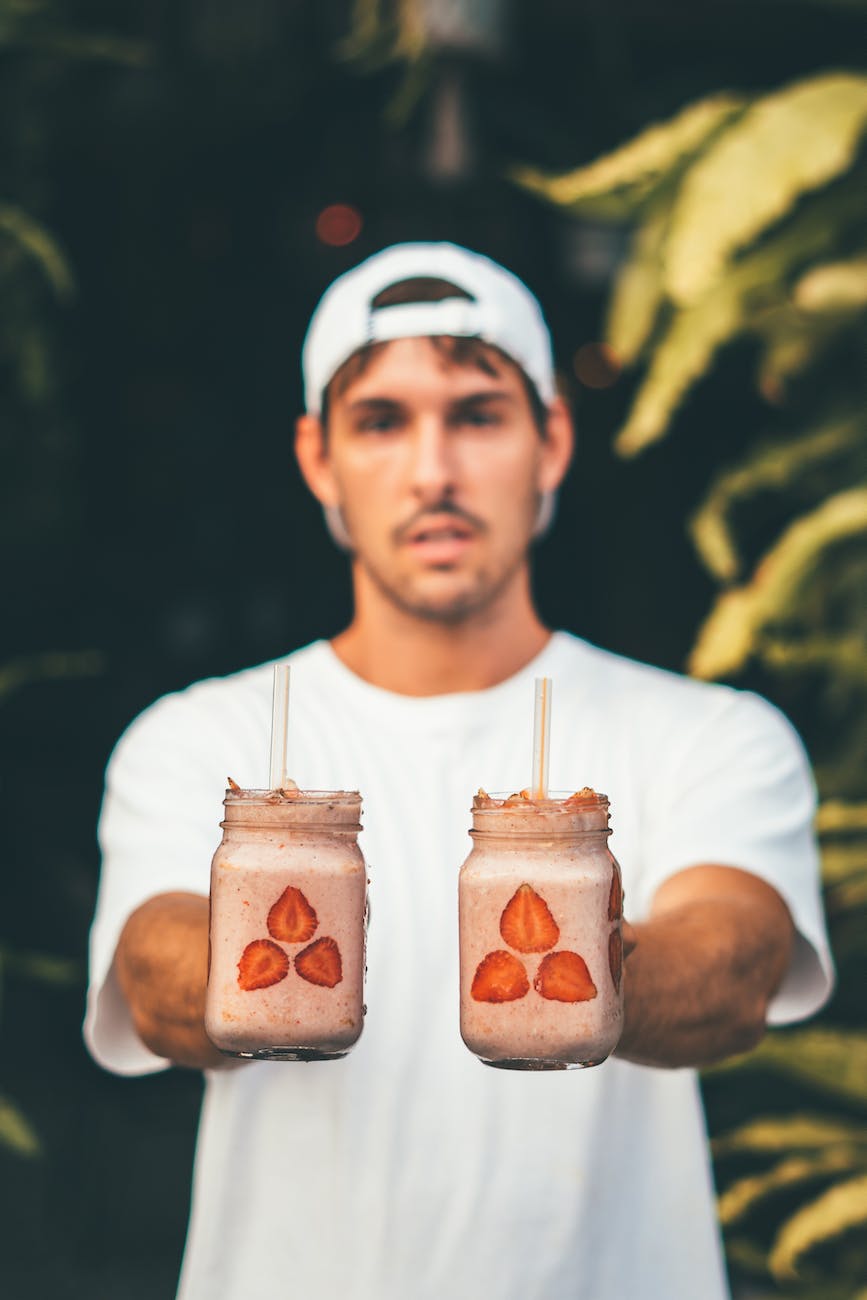
Hello, health enthusiasts! Today, we’re going to delve deeper into the invigorating world of lemon and cucumber water. This simple, yet potent blend has been making a splash in the wellness community, and it’s time we uncover why! 🌊
Introduction to Lemon and Cucumber Water 🍋🥒💧
Lemon and cucumber water is a type of infused water that marries the zesty flavor of lemon with the cool, refreshing taste of cucumber. But it’s not just a delicious thirst-quencher; it’s also brimming with health benefits that can enhance your well-being from the inside out.
The Multitude of Health Benefits of Lemon and Cucumber Water 🏋️♀️🧘♀️
1. Hydration Powerhouse
Staying hydrated is crucial for overall health, and lemon and cucumber water makes it easy. The invigorating taste encourages you to drink more, keeping your hydration levels optimal. This is especially beneficial for those who struggle to drink plain water. 💦
2. Weight Loss Ally
Lemon and cucumber water can be a powerful ally in your weight loss journey. It’s low in calories and can help curb cravings, making it an ideal drink for those aiming to maintain a healthy weight or shed some pounds. 🏃♀️
3. Detox Delight
This water combo is often referred to as a detox water. The lemon helps cleanse your body, flushing out toxins, while the cucumber provides essential hydration. This combination promotes better health and can leave you feeling revitalized. 🍵
4. Skin Health Booster
The high water content in cucumber and the vitamin C in lemon can contribute to healthy, glowing skin. Regular consumption can help maintain skin hydration, reduce puffiness, and promote a natural glow. 🌟
5. Digestion Aid
Lemon can stimulate the production of bile, which aids in digestion. Cucumber, being high in water and fiber, can also promote healthy digestion. This makes lemon and cucumber water a great beverage to consume after meals. 🍽️
6. Heart Health Supporter
Lemons are a good source of vitamin C, a nutrient known to support heart health. Regular consumption of lemon and cucumber water can contribute to maintaining a healthy heart. 💓
How to Make Lemon and Cucumber Water at Home 🍹
Making this infused water is a breeze! Here’s a simple recipe:
- Slice one medium-sized lemon and half a cucumber.
- Add the slices to a jug of water.
- Let it infuse for a few hours or overnight in the refrigerator.
- Enjoy it chilled throughout the day. 🧊
For an extra twist, you can also add mint leaves or a dash of ginger.
Are There Any Side Effects? 🤔
Lemon and cucumber water is generally safe to consume. However, if you have a citrus allergy or a sensitive stomach, the acidity from the lemon might cause some discomfort. Always listen to your body and adjust your intake accordingly.
FAQs ❓
1. What does lemon cucumber water do?
Lemon cucumber water promotes hydration, aids digestion, supports weight loss, detoxifies the body, and contributes to skin and heart health.
2. Can I drink lemon and cucumber water every day?
Yes, it’s generally safe to drink this water combo daily. However, if you have a citrus allergy or a sensitive stomach, you might want to limit your intake.
3. What are the benefits of adding mint to lemon and cucumber water?
Adding mint can enhance the flavor of the water and bring additional health benefits, such as improved digestion and relief from headaches.
4. Can lemon and cucumber water help with hydration?
Absolutely! The refreshing taste of lemon and cucumber water can encourage you to drink more, thus promoting better hydration.
5. Is lemon and cucumber water good for detox?
Yes, lemon and cucumber water is often referred to as a detox water due to its ability to cleanse the body and flush out toxins.
6. Can lemon and cucumber water help with weight loss?
Yes, this water combo can support weight loss by promoting hydration, curbing cravings, and aiding digestion.
In conclusion, lemon and cucumber water is a refreshing, health-packed beverage that’s easy to make and enjoyable to drink. So why not give it a try? Your body will thank you! 🥂
Tags: Lemon, Cucumber, Infused Water, Detox, Hydration, Weight Loss, Heart Health, Skin Health, Digestion, Wellness, Health, Nutrition, Lemon and Cucumber Water Benefits, Lemon Cucumber Detox, Lemon Cucumber Mint Water, Lemon Cucumber Water for Weight Loss.













